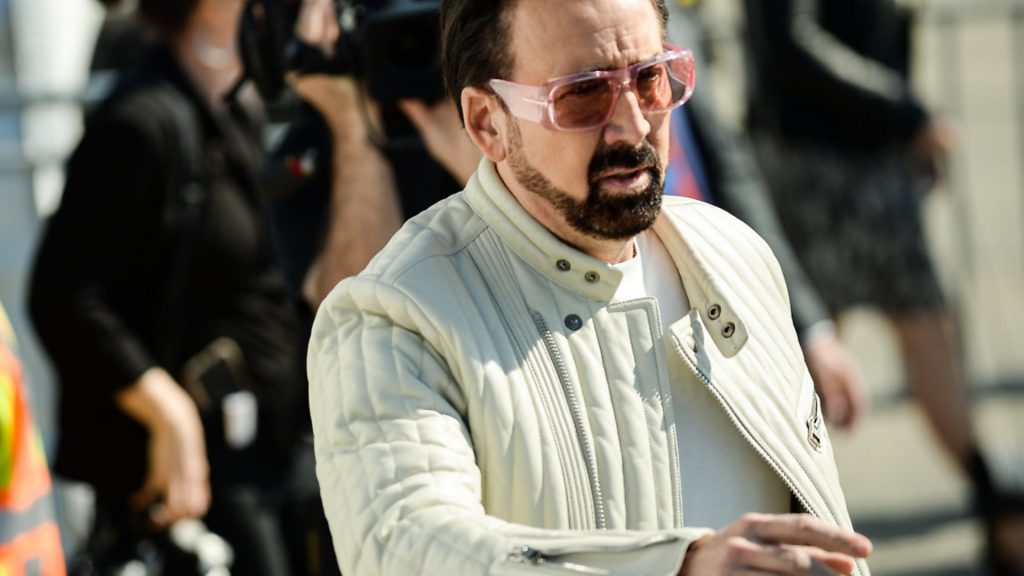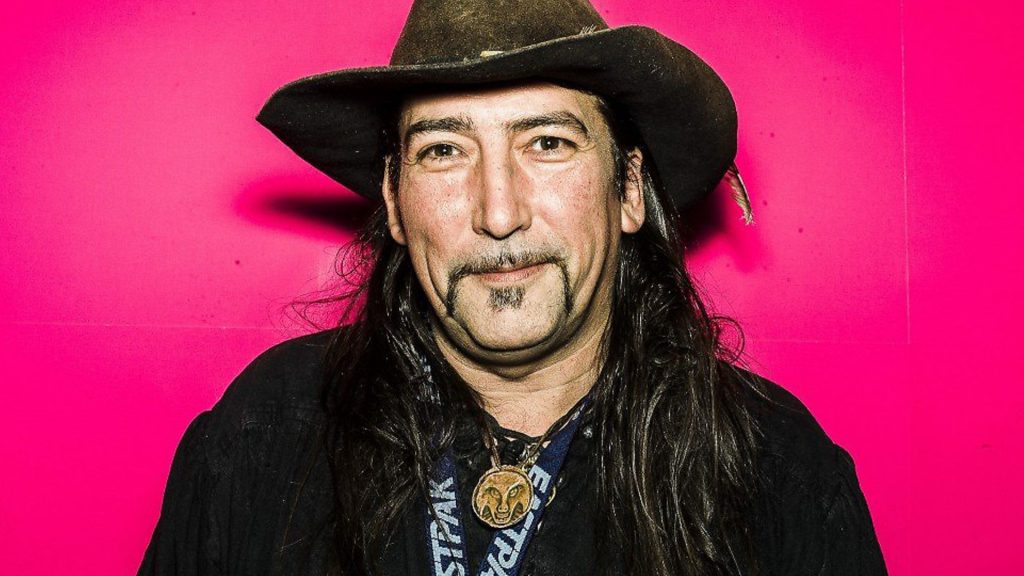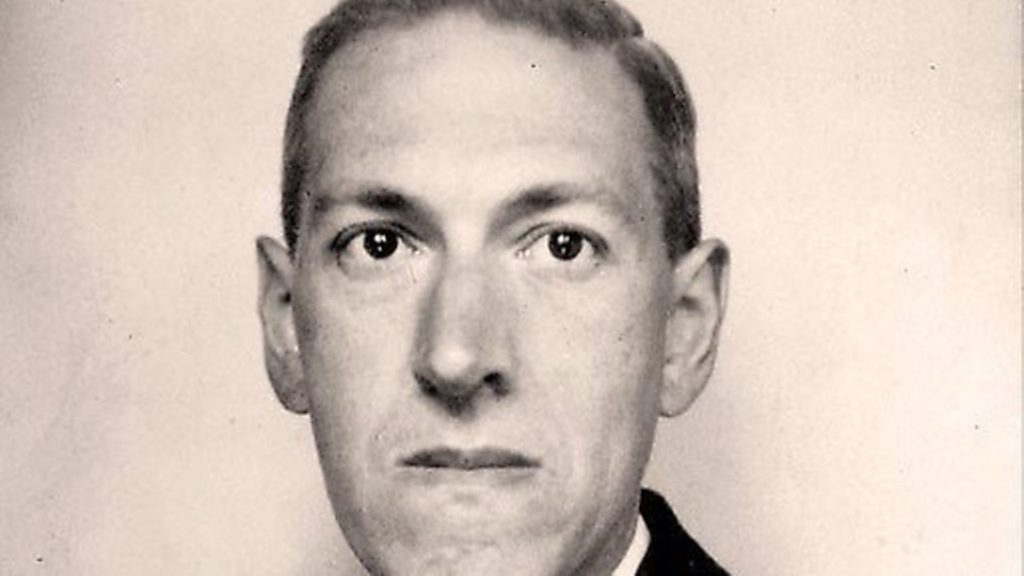
RICHARD LUCK on a brilliant new film which pitches three supremely talented oddballs together, with predictably unorthodox results.

In a Hollywood where the boardroom and the corporations hold most of the cards, there’s little room for true originality. Why bother commissioning something from out of left field when there’s a ready-made audience for another Bad Boys/comic-book/Fast & Furious picture?
If you’re willing to look beyond the blockbuster, you still find the odd advertisement for the upside of eccentricity.
In his desire to appear in every other movie being made in America – a state of affairs thrust upon him by some unwise past financial dealings – Nicolas Cage has racked up appearances in such diverting films as Panos Cosmatos’s Mandy, Brian Taylor’s Mom and Dad, David Gordon Green’s Joe and Paul Schrader’s Dog Eat Dog.
Sure, he’s also turned up in many movies of the kind even The Simpsons’ Troy McClure might walk away from. Kill Chain, Primal, Running with the Devil, A Score to Settle – and that’s just in 2019! The man who won a Best Actor Oscar for Leaving Las Vegas, Cage’s filmography has taken a helluva pounding these past few years. Will the forthcoming Color Out of Space improve his standing? Probably not, but that’s not really the point.

No, Color Out of Space – produced by the team behind the brilliant but barking mad Mandy – is a fine advert for what can happen when a down-on-his-luck star lends what heft he still has to a picture that otherwise might not have made it into production. That the movie is an adaptation of an H.P. Lovecraft story makes it much more interesting still, what with the prolific writer having provided the basis for a number of films, almost all of which have struggled to do justice to his unique brand of horror. And if Cage and Lovecraft ain’t enough crazy for you, the film’s director is none other than Richard Stanley, the South African-born wunderkind of 1990s cinema who hasn’t made a feature film for 25 years!
If Stanley’s name is familiar, it might be because you were a fan of Hardware, the science-fiction horror thriller that was his directorial calling card. The British movie sensation of 1990, Hardware summoned the same sort of excitement as another SF-and-punk-inspired picture, Alex Cox’s Repo Man. Stanley used his next big thing status to go to Namibia and make Dust Devil, a story about a malevolent force raising hell on the South African backgrounds. Unfortunately, for the director, Dust Devil was in part financed by Palace Pictures who were on the brink of bankruptcy throughout the shoot.
Though Dust Devil did eventually limp into cinemas – the US theatrical cut having been slashed to pieces by Bob and Harvey Weinstein – it couldn’t dim the enthusiasm producers had for Richard Stanley. On the contrary, the director found himself in a position to bring his dream project to life, an adaptation of HG Wells’ The Island of Doctor Moreau. Not only that but the kid with the dry wit from Fish Hoek, Cape Town, had convinced the previously MIA Marlon Brando to play the insane vivisectionist. With Val Kilmer, Fairuza Balk, Ron Perlman and Northern Exposure’s Rob Morrow fleshing out the cast, Richard Stanley donned his safari hat and set off for the remotest corner of Queensland.
What happened next will be familiar to anyone who’s seen Lost Soul, David Gregory’s fascinating account of everything that went wrong during the making of Moreau. In Stanley’s case, things fell apart so quickly that he was fired from the picture only a few days into filming. Forbidden to return to the set, the intrepid explorer – Richard is actually related to the Stanley who tracked down Dr Livingstone – set off in search of the Ferals, a band of hippies who lived in the Queensland rain forest. And with his quest for adventure still not quenched, our man took to sneaking back onto the set where an ageing John Frankenheimer was struggling to wrangle an uncooperative Brando, an off-kilter Kilmer and a newly-recruited David Thewlis, who had been summoned to the set after Rob Morrow walked off the picture.

After the Moreau debacle, no one was that shocked when Stanley decided to take a break from the movie industry. That the break spanned a quarter-of-a-century was rather more surprising but then the South African has long been prone to plough his own furrow.
Between shooting the occasional documentary, the odd music video and the very odd experimental short film, Richard Stanley has become one of the world’s leading experts on the Cathars, the 14th century Gnostics who fell foul of the Catholic church and whose name has long been synonymous with the legend of the Holy Grail. Such is his dedication to the case that he now resides in Montsegur, the commune in the French Pyrenees where the Cathars mounted their last stand.
God – or rather, Elder Gods – also concerned Howard Phillips Lovecraft, the New England short story writer who created a form of horror fiction that’s elusive to the extent of being impossible to pin down. The only son of a wealthy family, Lovecraft only turned to writing in the 1910s when the money had run out. When he did, his disdain for the pulp horror fiction of the age saw Lovecraft set his sights on loftier frights.
Best known for breathing life into Cthulhu, an ancient tentacled deity, part dragon, part octopus, Lovecraft was a writer obsessed with faith and forbidden knowledge. The influence of external forces upon mankind’s evolution also features throughout his vast raft of stories as does his fascination and fear of scientific advancement.

That The Color Out of Space – to give it its full title – was Lovecraft’s favourite story is likely due to it successfully combining so many of the those elements. When a meteorite falls upon Arkham, Massachusetts, the scientific community is amazed to find it possessed of a shade unfamiliar to humankind. The foreign object subsequently seeps into the farmland upon which it fell, corrupting the pasture and mutating the livestock of a local farmer, Nahum Gardner. And then the alien force sets to work on Nahum’s family…
With its accursed place and indescribable focal point – how is one to depict a colour beyond the visible spectrum? – there is a little of M.R. James about Color Out of Space, but only a very little. Lovecraft’s horror is his and his alone, a fact underlined by the countless failed attempts to adapt his work for film and television.
Color Out of Space has itself been filmed twice before, as Die, Monster, Die! in 1965 and as The Curse in 1987. Essayed by Boris Karloff in the former and Claude Akins in the latter, the part of Nathan Gardner – as he’s called in Stanley’s film – now falls to Nicolas Cage. Born Nicolas Kim Coppola in 1984, Cage cut his teeth on a couple of his Uncle Francis’s films – Rumble Fish and The Cotton Club – before having a couple of his teeth removed when he was cast as a Vietnam vet in Alan Parker’s Birdy. It was to be the first of many bizarre artistic decisions.
Other eccentric Cage acting choices included eating three live cockroaches for Vampire’s Kiss, insisting he be allowed to wear his own snakeskin jacket for David Lynch’s Wild at Heart and snorting saccharine throughout the shooting of Bad Lieutenant: Port of Call New Orleans to understand the mindset of a drug addict. “Nic is unique – a delightfully special human being,” explains Guy Pearce, who worked with Cage on the 2011 crime drama Justice. “He said to me at one point, ‘Guy, I’m thinking of spending some time with the Apache for, like, a month in the desert. I think it’s amazing idea.’ I was, like, ‘Yeah, I guess…'”
The time I interviewed Cage, we spent far longer discussing the actor’s collection of dinosaur skulls and his love of Brazilian jujitsu than we did the tepid Marvel sequel he was in town to promote (Ghost Rider: Spirit of Vengeance, in case you were wondering). And speaking of Stan Lee’s publishing behemoth, we’ve Marvel to thank for Mr C’s stage name, Luke Cage being among the first black superheroes.
Not that all of Cage’s eccentricities are so benign and charming. Besides his cavalier attitude to money presumably having contributed to his ongoing tax woes, the actor was arrested in 2011 on felony assault charges. Though no case was ever brought against him, it says much about Nic Cage that his bail was posted by TV’s Dog the Bounty Hunter.
HP Lovecraft was an even less affable oddball. Very upfront about his xenophobia, Lovecraft wrote a number of stories and poems about good citizens being displaced by immigrants. And as someone who saw nothing wrong with penning a verse entitled On The Creation Of N*****s’, you can guess which side of the race relations debate received the New Englander’s support.
Being a fan of the work of both men, Richard Stanley seems the perfect choice to corral the maverick talents of Cage and Lovecraft. And what a movie he has made! To call it the greatest movie based on a Lovecraft story is to damn it with the faintest of praise. Besides Cage and co-star Joely Richardson’s performances taking them where many actors fear to go, such is the director’s command of the material that he is able to allude to his own work – the grotesquely mutilated livestock brings Moreau to mind – without getting in the way of the story.
And the best news of all? Color Out of Space has been so well-received, it would appear a Stanley-Lovecraft trilogy is on the cards. No word yet on whether Nic Cage will rejoin the fold although I’m sure that, if the tax bill’s still sufficiently crippling and the script’s a winner, the Con Air star will answer in the affirmative when the eccentrics’ equivalent of the Bat Signal lights up the night’s sky.
Color Out of Space is released in UK cinemas on February 28.
Warning: Illegal string offset 'link_id' in /mnt/storage/stage/www/wp-includes/bookmark.php on line 357
Notice: Trying to get property 'link_id' of non-object in /mnt/storage/stage/www/wp-includes/bookmark.php on line 37






